Machine Learning (ML) is a well‐known paradigm that refers to the ability of systems to learn a specific task from the data and aims to develop computer algorithms that improve with experience.
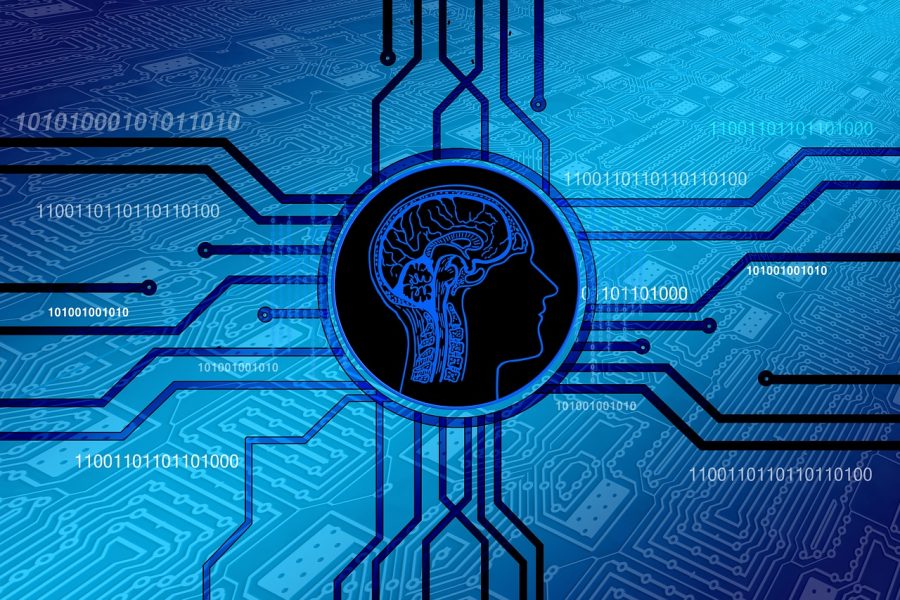

Machine Learning (ML) is a well‐known paradigm that refers to the ability of systems to learn a specific task from the data and aims to develop computer algorithms that improve with experience.
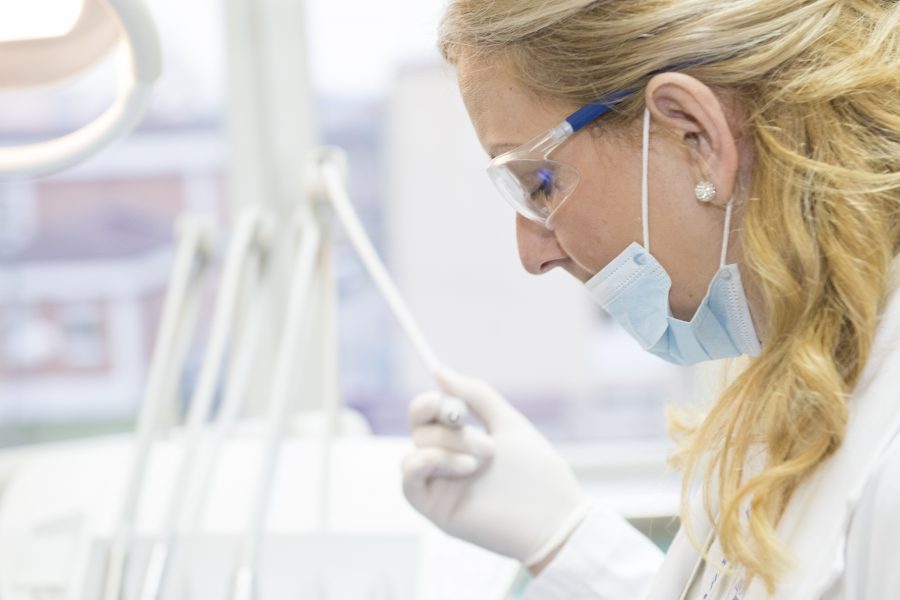
A new technique for treating diabetic wounds.

The controlled crystallization of active pharmaceutical ingredients in supramolecular metallogel media using tannic acid is reported.
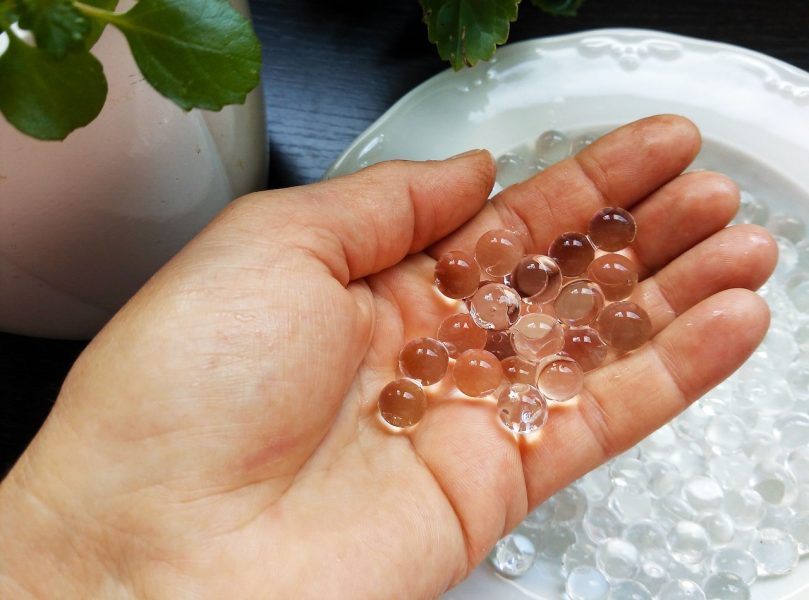
Decellularized ECM hydrogels as a delivery platform for extracellular vesicles and microRNAs.

An automated system to assemble macrotissues from prefabricated living microtissues with a cell density similar to organs is reported.
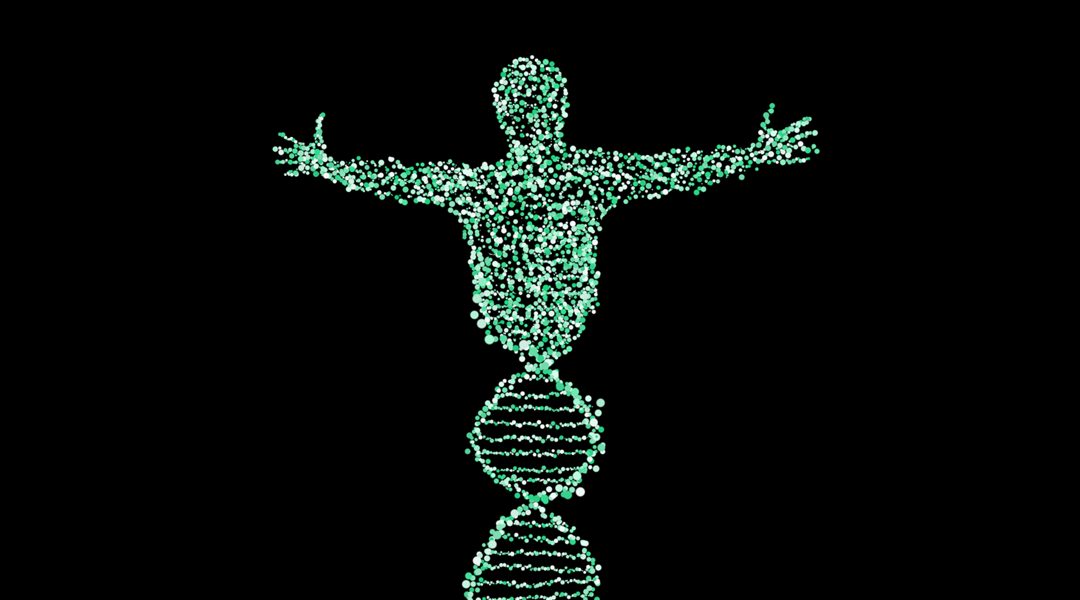
Trifold stimuli-responsive shape memory in hydrogels is realized by combining donor-acceptor interaction with G-quadruplexes and DNA base pairing.
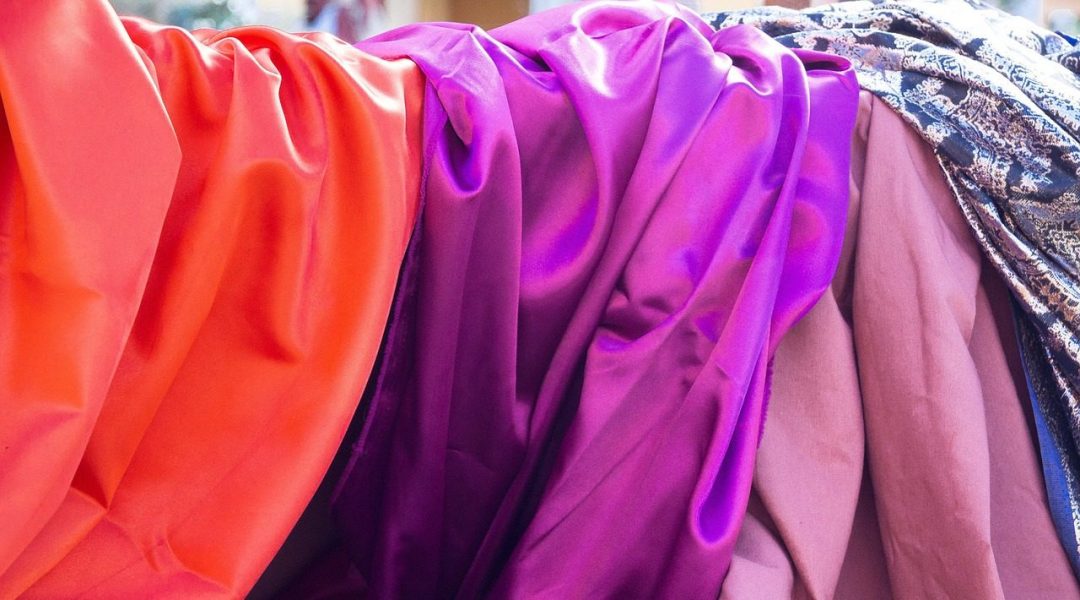
Silk’s highly tunable range of mechanical properties, degradation rates and material formats arise from subtle changes at the microscopic level.
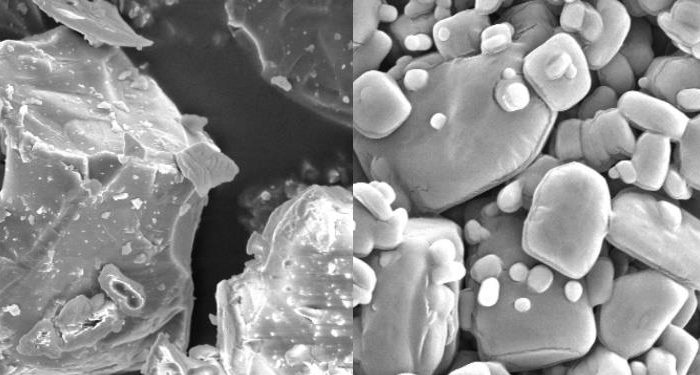
A strong bioinspired adhesive is developed to aid bone fracture healing.
![A Noah’s-Ark-Like Cell Carrier for Tissue Regeneration [Video]](https://www.advancedsciencenews.com/wp-content/uploads/2018/07/adma201802273_ASN_image.png)
Highly porous microspheres are developed as injectable scaffolds for tissue regeneration based on polyhydroxyalkanoate (PHA), a family of natural biopolyesters.
![Unravelling the Cytokine Secretion Process of Single Cells with a Novel Biosensor [Video]](https://www.advancedsciencenews.com/wp-content/uploads/2018/07/smll201800698_ASN_image_3.jpg)
A nanobiosensor is developed that performs real-time analysis of single-cell cytokine secretion, enabling the development of new therapies for diseases.